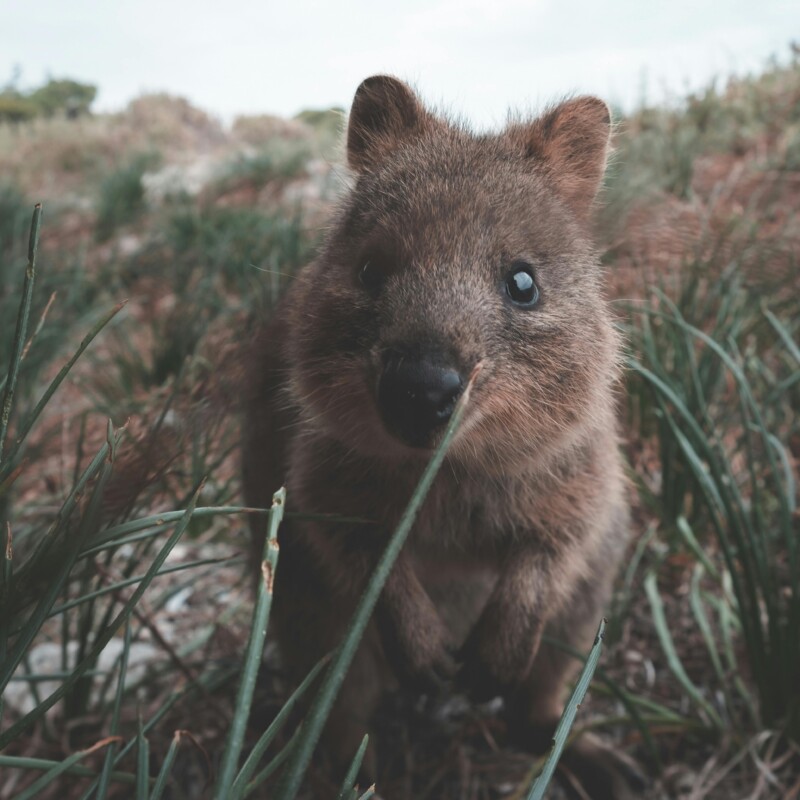Australia is renowned for its unique wildlife, with a vast array of creatures found nowhere else on Earth. From kangaroos and koalas to echidnas and platypuses, Australia is home to some of the most fascinating and unusual animals on the planet. But why are animals in Australia so different from those found in other parts of the world? This question has long puzzled scientists and researchers, who have delved into the evolutionary history, geographical isolation, and environmental factors that have shaped Australia’s diverse and distinctive fauna.
One of the key factors contributing to the unique wildlife of Australia is the continent’s geographic isolation. Australia has been separated from other landmasses for millions of years, allowing its flora and fauna to evolve in relative isolation from the rest of the world. This isolation has led to the development of species found nowhere else, as well as the absence of many familiar groups of animals that are common in other regions.
Additionally, Australia’s varied and often harsh environments, from arid deserts to lush rainforests, have shaped the evolution of its wildlife in unique ways, leading to a wide range of adaptations and specializations among its animal inhabitants. In this article, we will explore the factors that have contributed to the diversity of Australia’s wildlife and delve into the fascinating evolutionary history of its iconic animals.
Australia is an isolated continent, which has led to the evolution of unique flora and fauna. The animals in Australia have adapted to the harsh and diverse environments of the continent. Due to its separation from other land masses, Australia has developed its own distinct ecosystems, resulting in the evolution of a wide variety of unique species.
The isolation of Australia over millions of years has led to the development of animals with specialized characteristics to survive in the continent’s challenging conditions. The diverse range of habitats in Australia, from deserts to rainforests, has also contributed to the evolution of a wide array of different animal species. Additionally, factors such as climate, geology, and human influence have also played a role in shaping the unique fauna of Australia.
Table of Contents
Unique Evolutionary Paths Due to Australia’s Isolation
Australia’s isolation has played a crucial role in shaping the unique evolutionary paths of its wildlife. With limited external influences and varying environmental conditions, Australian species have evolved distinct adaptations over millions of years.
The continent’s separation from other landmasses resulted in a diverse array of species with specialized traits that allowed them to thrive in their isolated ecosystems. From the iconic kangaroos and koalas to the bizarre platypus and echidna, Australia’s wildlife showcases a blend of ancient lineages and specialized features that highlight the evolutionary significance of isolation in shaping biological diversity.
The Influence of Australia’s Diverse Ecosystems on Wildlife

Australia’s diverse ecosystems have significantly influenced the evolution and survival strategies of its wildlife. From the lush rainforests of Queensland to the arid Outback, the continent’s varied habitats have given rise to a wide range of specialized species adapted to their specific environments. The unique flora and fauna of Australia have evolved intricate relationships and dependencies, with many species displaying remarkable adaptations to survive in harsh conditions.
For instance, the marsupials of Australia, such as the kangaroos and wombats, have evolved pouches to protect and nurture their young in harsh environments. The diverse ecosystems of Australia have shaped the behavior, morphology, and distribution of its wildlife, contributing to the country’s reputation for hosting some of the world’s most unique and fascinating species.
Adaptations and Specializations of Australian Mammals

Australian mammals have developed a myriad of adaptations and specializations that enable them to thrive in the continent’s unique environments. The presence of marsupials, such as kangaroos and wallabies, is a standout feature in Australia’s mammalian fauna, with these pouch-bearing animals showcasing distinct reproductive strategies. Additionally, the adaptation of monotremes like the platypus and echidna, which lay eggs instead of giving birth to live young, further illustrates the evolutionary diversity of Australian mammals.
Moreover, the presence of arboreal species like tree kangaroos and sugar gliders highlights the specialized niches that have evolved within Australia’s vast landscapes, allowing these mammals to exploit resources efficiently. These adaptations reflect the complex interplay between environmental pressures and evolutionary responses that have shaped the remarkable diversity of Australian mammalian fauna.

Leave a Reply